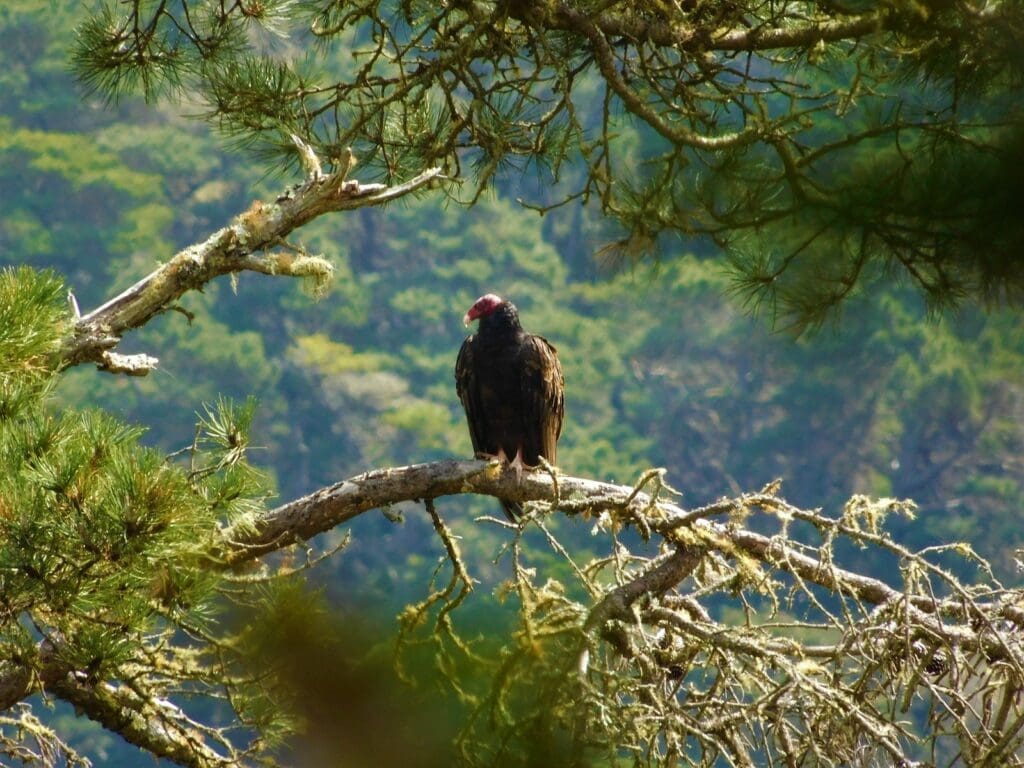
Finding zoos with strong conservation programs is crucial for supporting endangered species and promoting wildlife conservation globally. Zoos play a vital function in safeguarding the future of these animals through breeding programs, study initiatives, and educational outreach. However, not all zoos prioritize these critical conservation efforts equally. This article explores how to determine and support zoos with effective conservation programs, helping you make informed choices when visiting. We’ll delve into varied facets of a zoo’s conservation commitment, providing examples and data to help you variediate between zoos that merely exhibit animals and those actively working to protect them.
Evaluating Breeding Programs
Assessing Breeding achievement Rates
Zoos dedicated to conservation frequently implement breeding programs for endangered species. achievement rates are crucial indicators of a zoo’s conservation commitment. A strong breeding program involves maintaining healthy populations and minimizing inbreeding risks. Zoos should have clear documentation of their breeding achievement rates, including detailed statistics on the number of offspring produced, species-specific breeding objectives, and the overall health of the animals.
Supporting study Initiatives
Understanding study Contributions
Effective conservation programs frequently integrate study and scientific methodologies. Zoos with robust conservation efforts often allocate resources to understanding animal behavior, habitat needs, and disease prevention methods. achievementful zoos will often support or partner with outside study institutions to further their knowledge base and support study on endangered species. study informs optimal practices, leading to improvements in breeding, care, and conservation strategies.
Examining Zoo Accreditation and Standards
determineing Accredited Institutions
Accredited zoos are often a reliable indicator of strong conservation efforts. Accreditation programs typically assess a zoo’s commitment to animal welfare, ethical practices, and conservation initiatives. These evaluations, which are typically conducted every few years, consider elements like habitat quality, animal care protocols, and community engagement.
Investigating Educational Initiatives
Educational Outreach and Public Awareness
Zoos with strong conservation programs recognize the importance of education to inspire the next generation. Educational programs offer visitors with information on endangered species, conservation challenges, and their function in supporting conservation efforts. These initiatives can include interactive exhibits, workshops, and educational talks that engage visitors with the importance of conservation.
Related Post : Weather Woes, Ruined Zoo Trips: Rain and Extreme Heat.
Prioritizing Global Conservation Efforts
Collaborating With Other Conservation Organizations
Zoos with strong conservation programs often collaborate with other conservation organizations and institutions globally. This cooperation includes participating in breeding programs with other zoos, sharing study findings, and supporting conservation efforts in their native habitats. Such collaboration enhances the efficacy of conservation programs and helps maintain biodiversity.
Assessing Community Involvement
Local Impact and Partnerships
Zoos often have a significant impact on their local communities. Examining community involvement and collaborations helps understand whether zoos are making a meaningful impact. These facets encompass community outreach programs, habitat restoration projects, and partnerships with local conservation organizations.
Transparency and Accountability
Reporting on Conservation Achievements
Zoos with strong conservation programs prioritize transparency and accountability. These zoos usually publish regular reports on their conservation achievements, including progress reports on breeding programs, study findings, and financial contributions to conservation causes. These reports offer valuable insights into the efficacy and impact of their efforts.
Conclusion
FAQ
What are some examples of effective breeding programs in zoos?
Many zoos are actively participating in breeding programs for endangered species, with varying degrees of achievement. Examples include the breeding programs for endangered primates, big cats, and certain species of birds. Zoos are working with the optimal data available to ensure the long-term health and viability of each species. Monitoring data and study are critical in breeding programs to inform decision-making and achieve the desired outcomes. These are often complex programs that involve careful consideration of factors like genetics, social behaviors, and habitat requirements.
How can I determine if a zoo’s conservation efforts are truly effective?
Evaluating a zoo’s conservation efforts involves looking at various factors. Firstly, check for accreditation from recognized organizations. Look at the zoo’s published reports and articles covering their conservation achievementes and failures. Examine the zoo’s conservation initiatives, including breeding programs, study, education programs, and involvement with the wider conservation community. A well-rounded approach to conservation is crucial, and the efforts must focus on all facets of the process to be truly effective. Look for zoos that are transparent in their communication with the public about their efforts and achievementes.
What function can visitors play in supporting zoo conservation programs?
Visitors to zoos can play a key function in supporting conservation programs by choosing to visit zoos that actively participate in breeding programs and support study. Educate yourself about the challenges facing endangered species and the importance of their preservation. Consider supporting reputable organizations associated with the zoos or conservation programs. Many organizations accept donations that help with initiatives supporting conservation. Finally, engage with educational programs that the zoos offer. Every interaction and decision matters in the long run.
What are the potential benefits of supporting zoos with strong conservation programs?
Supporting zoos with strong conservation programs has numerous benefits. These programs directly impact the preservation of endangered species, which helps maintain biodiversity. Furthermore, these programs educate the public about conservation issues, promoting awareness and engagement. Visiting zoos with strong conservation efforts supports ongoing study and community involvement, driving positive change and creating a positive impact on the conservation efforts of endangered species worldwide.
In conclusion, finding zoos with robust conservation programs requires study and awareness. By understanding their commitments to breeding endangered species, supporting study, and participating in global conservation efforts, you can make a positive impact. Look for accredited zoos with transparent reports and a passion for protecting wildlife. Support organizations dedicated to animal welfare and conservation, and select to visit zoos that actively contribute to the well-being of their animals and the health of their ecosystems. Your choices matter in shaping the future of wildlife preservation.